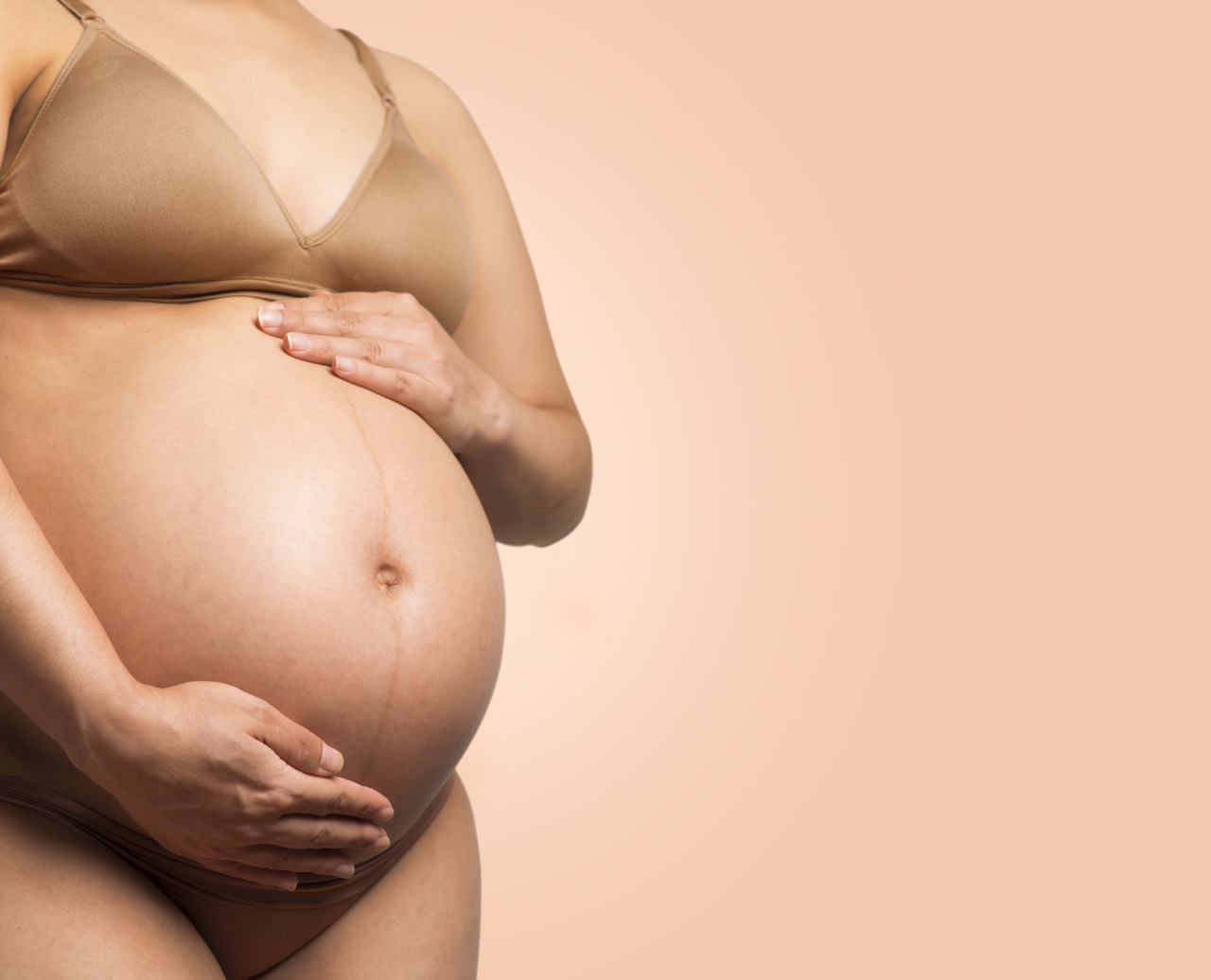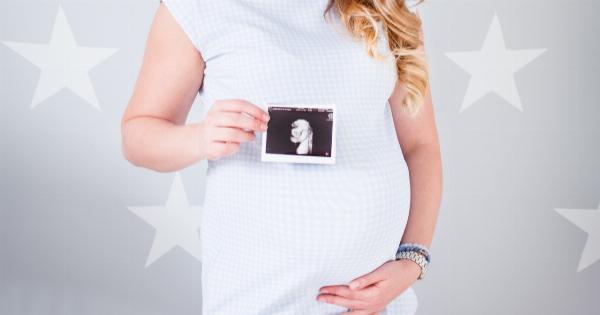During the first trimester of pregnancy, your body undergoes numerous changes to accommodate the growing fetus. These changes are primarily hormone-related and include physical and emotional variations.
Increased Hormone Levels
One of the earliest signs of pregnancy is a surge in hormone levels. The body starts producing human chorionic gonadotropin (hCG), progesterone, and estrogen.
These hormones play a crucial role in sustaining the pregnancy and preparing the body for the changes to come.
Implantation and Changes in the Uterus
After the fertilized egg implants itself into the uterine lining, the uterus begins to expand. This expansion can cause mild cramping, similar to menstrual cramps.
The increased blood flow to the uterus may also result in spotting or light bleeding, which is known as implantation bleeding.
Changes in Breasts
As pregnancy progresses, your breasts may become tender, swollen, or sensitive. The hormonal changes stimulate the growth of milk ducts and glands in preparation for breastfeeding.
The areolas may darken and enlarge, and you might notice prominent blue veins beneath the skin.
Morning Sickness
Nausea and vomiting, commonly known as morning sickness, are experienced by many women during the first trimester. Although it can occur at any time of the day, it is most common in the morning.
This discomfort is believed to be caused by hormonal changes and tends to subside by the end of the first trimester.
Increased Urination
During pregnancy, the kidneys work more efficiently to eliminate waste from the body. This increased efficiency, along with the growing uterus pressing against the bladder, leads to increased frequency of urination.
This symptom usually improves in the second trimester.
Changes in the Second Trimester
The second trimester is often referred to as the “honeymoon phase” of pregnancy. Many women experience relief from the discomforts of the first trimester and begin to visibly show their pregnancy.
Growing Belly and Weight Gain
During the second trimester, your belly gradually expands as the uterus grows to accommodate the developing fetus. This growth is accompanied by weight gain, as the body stores extra fat to provide energy for pregnancy and breastfeeding.
Fetal Movement
Usually around the halfway mark of pregnancy, you may start feeling the first flutters of fetal movement. These movements, known as “quickening,” can be an exciting and reassuring milestone for expectant parents.
Stretch Marks
As the abdomen grows, the skin stretches rapidly. This can result in the formation of stretch marks, which appear as pink or purple streaks on the skin.
While stretch marks are a normal part of pregnancy, they can fade over time and become less noticeable.
Changes in Hair and Nails
Pregnancy hormones can affect hair and nail growth. Some women experience thicker, shinier hair during pregnancy, while others may notice their hair becoming dry or brittle. Nail growth may also increase, potentially leading to stronger and longer nails.
Changes in the Third Trimester
The third trimester is the final stretch of pregnancy, characterized by significant growth and preparation for childbirth.
Braxton Hicks Contractions
Braxton Hicks contractions, also known as “practice contractions,” may occur during the third trimester. These contractions are usually painless and sporadic, preparing the uterus for labor.
While they are generally harmless, it’s essential to differentiate them from true labor contractions.
Shortness of Breath
As the baby grows larger and the uterus expands upward, it can compress the diaphragm and reduce lung capacity. This compression can lead to shortness of breath, especially during physical exertion or when lying flat on the back.
Taking frequent breaks and using supportive pillows while resting can help alleviate this discomfort.
Swelling and Fluid Retention
The third trimester may bring about swelling in the ankles, feet, and hands due to increased fluid retention. This swelling, known as edema, is caused by hormonal changes and the pressure of the growing uterus on blood vessels.
Elevating the legs and wearing comfortable shoes can help reduce swelling.
Preparation for Labor
In the final weeks of pregnancy, the body starts preparing for labor. The cervix softens and begins to dilate, Braxton Hicks contractions may become more frequent and intense, and the baby may descend into the pelvis in preparation for birth.
These changes indicate that labor could begin soon.























